The Cartier Panthère is an iconic jewelry motif with roots in Paris. The history of the Cartier Panthère began with one woman—Jeanne Toussaint. When Toussaint, a Parisian style icon, became acquainted with French jeweler Louis Cartier, new inspiration for Cartier’s famous jewelry line was born. As a result of Toussaint’s elegance and remarkable determination—as well as her finely decorated apartment adorned with leopard skin—she earned the nickname “La Panthère” from her then-lover, Louis Cartier.
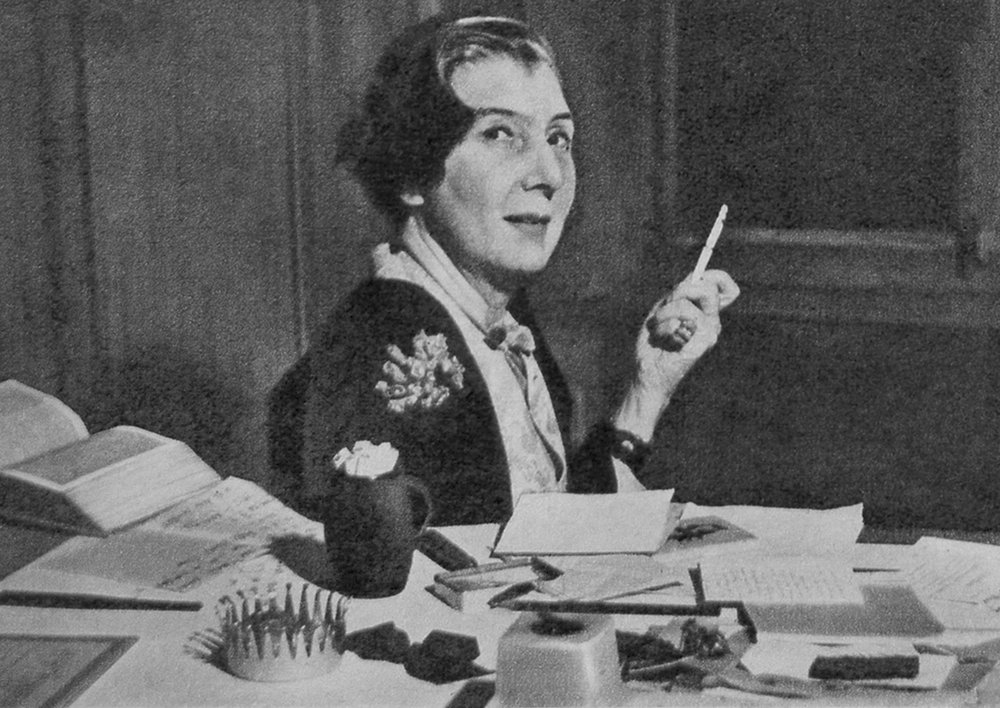
What started as a nickname became the basis of one of Cartier’s most stunning developments in jewelry pieces—the Cartier Panthère wristwatch. Toussaint was soon named Head of Creation at Cartier, a coveted position that wouldn’t ordinarily have been held by a woman; her contributions led the company to even greater success throughout the 1900s. Toussaint’s panther was known for its stunningly sculpted yellow gold and black enamel—a color combination that gave the animal more dimension.
In 1914, the famous wildcat appeared on a Cartier wristwatch for the first time. The stones adorning the piece symbolized the feminine temperament and avant-garde allure of the panther, while the diamond’s scintillation was a nod to the wildcat’s gleaming coat.
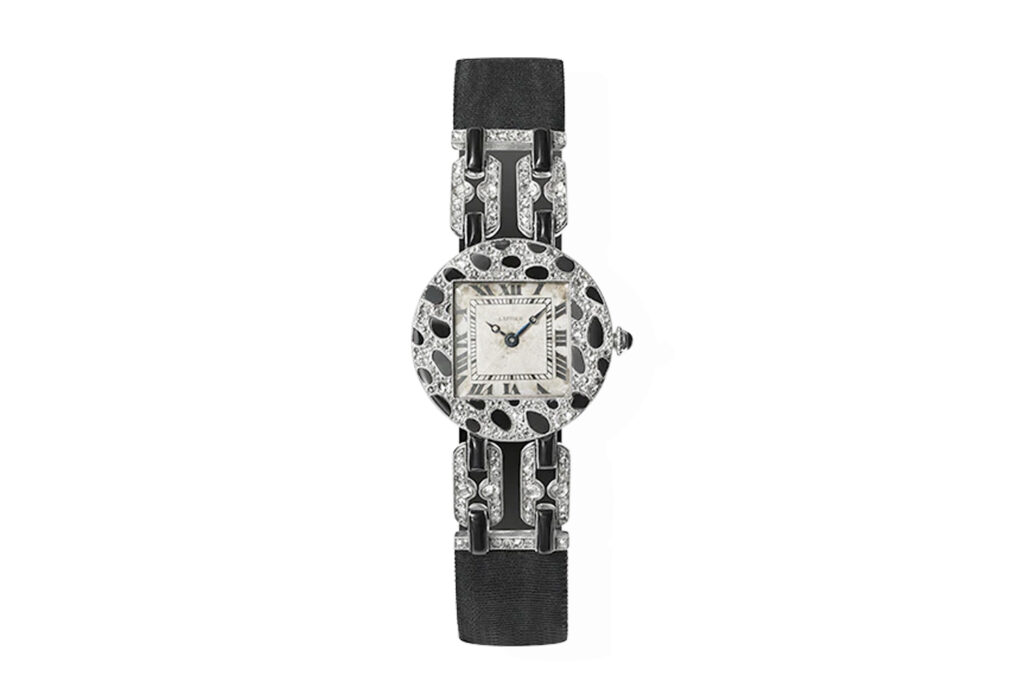
Thanks to Toussaint’s inspiration, Cartier’s idea to incorporate the panther motif into his jewelry pieces earned him full acclaim in nobility circles. In addition to being the first jeweler to incorporate the panther motif as a trademark on his exclusive timepieces, Cartier was one of the first jewelers to use platinum in his luxurious creations.
Cartier’s elegant panther has endured for more than a century, in part because the Cartier Panthère continues to evolve. In a careful attempt to lend justice to the original piece, artisans sculpt each example in wax, cast the ornament in platinum or gold, then set the piece with thousands of hand-cut gemstones painstakingly positioned to convey movement and life.
A Closer Look at Louis Cartier: The Stirrings of the Cartier Panthère
In taking over the craft of his master, Louis-François Cartier founded his own company in 1847 Paris. His inventiveness and daring capacity to try new things led him to create exclusive, exquisite timepieces revered among the nobility of the time. His attention to detail and supreme level of craftsmanship drew the eye of the French empress Eugenie, among other socialites. As a result, his company expanded rapidly.
Cartier loved to try his hand at a variety of jewelry pieces, and in 1888, he presented his first wristwatch to the public. The watch closely resembled the sleek, classic feminine bracelets of that time. The difference? His addition of a small clock in the design. Following the initial inspiration of this first wristwatch, Cartier was driven to completely revitalize all aspects of watch design.
It may have been this initial curiosity that paved the way for Cartier’s inspired collaboration with Toussaint, as well as his subsequent fascination with the panther. Today, Cartier’s timeless pieces continue to be passed down from one generation to the next. The Cartier Panthère remains an iconic, desirable design of the most serious artistic expression.
A Timeline History of the Cartier Panthère
To better understand how the Cartier Panthère came about and how the bold motif has evolved over the years, we’ve put together a timeline of the iconic design:
1914: Cartier crafts the first panther pattern on a wristwatch and presents it to the public. The watch was adorned with white diamonds, spotted with striking onyx stones.
1922-1935: The spotted panther motif starts appearing on various Cartier watches, jewelry designs, and accessories, such as cigarette cases.
1948: The Duchess of Windsor tasks Jeanne Toussaint with creating a panther brooch and the first three-dimensional representation of the panther is born. The sculptural approach with the panther design redefines how Cartier breathes life and personality into their future panther creations. The Duchess of Windsor, being so taken by the iconic feline, later purchases more than six additional panther designs. The most famous pieces are the panther brooch of pavé diamonds and sapphires, perched atop a 152.35ct sapphire cabochon, and an onyx and diamond panther bracelet, which most recently achieved over $7 million at auction.
1949-1950: American heiress, Barbara Hutton and French socialite, Daisy Fellowes, among other fashionable aristocrats, begin investing in their own versions of the panther.

1983: Cartier launches the Panthère de Cartier line of quartz watches. Although a ladies’ watch, the fine yellow gold link bracelet perfectly matched the 80s “glam” aesthetic, and the watch quickly saw an upsurge in popularity—featuring notable celebrity wearers, such as Keith Richard and Pierce Brosnan.
2005: Introduction of the Panthère de Cartier ring with its fangs bared. It is the first appearance of the Cartier panther in a stylized, faceted design.

2012: Panthère de Cartier necklace in white gold, with pavé diamonds and emerald eyes. The modern jewel can be worn in two styles, as a choker or an opera-length necklace, according to the position of the panther head on the link. A stunning example of style and ingenuity.
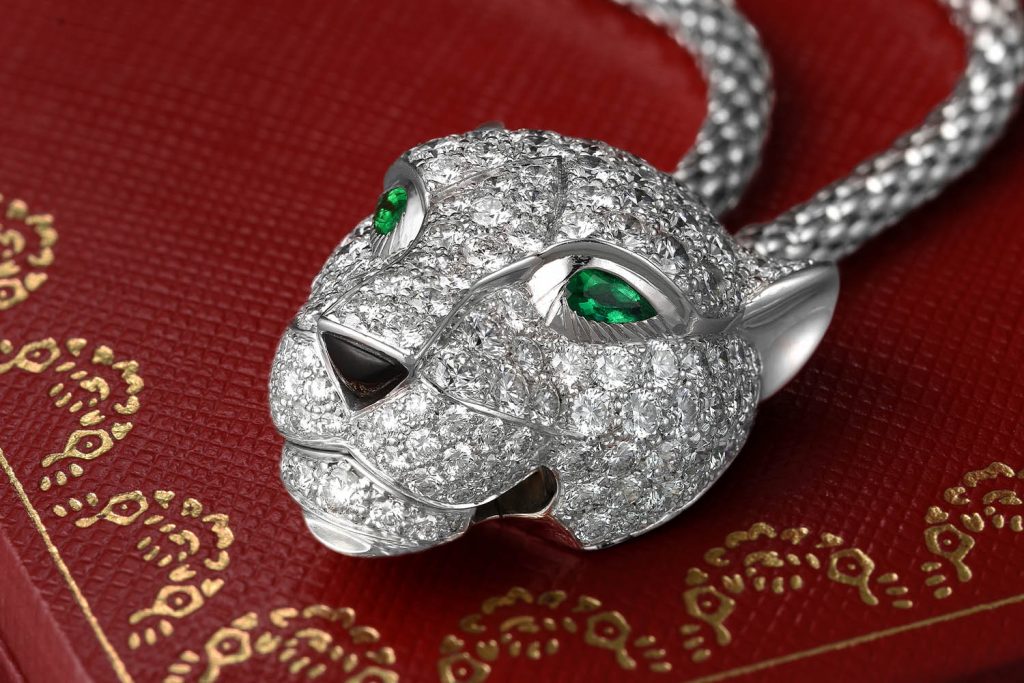
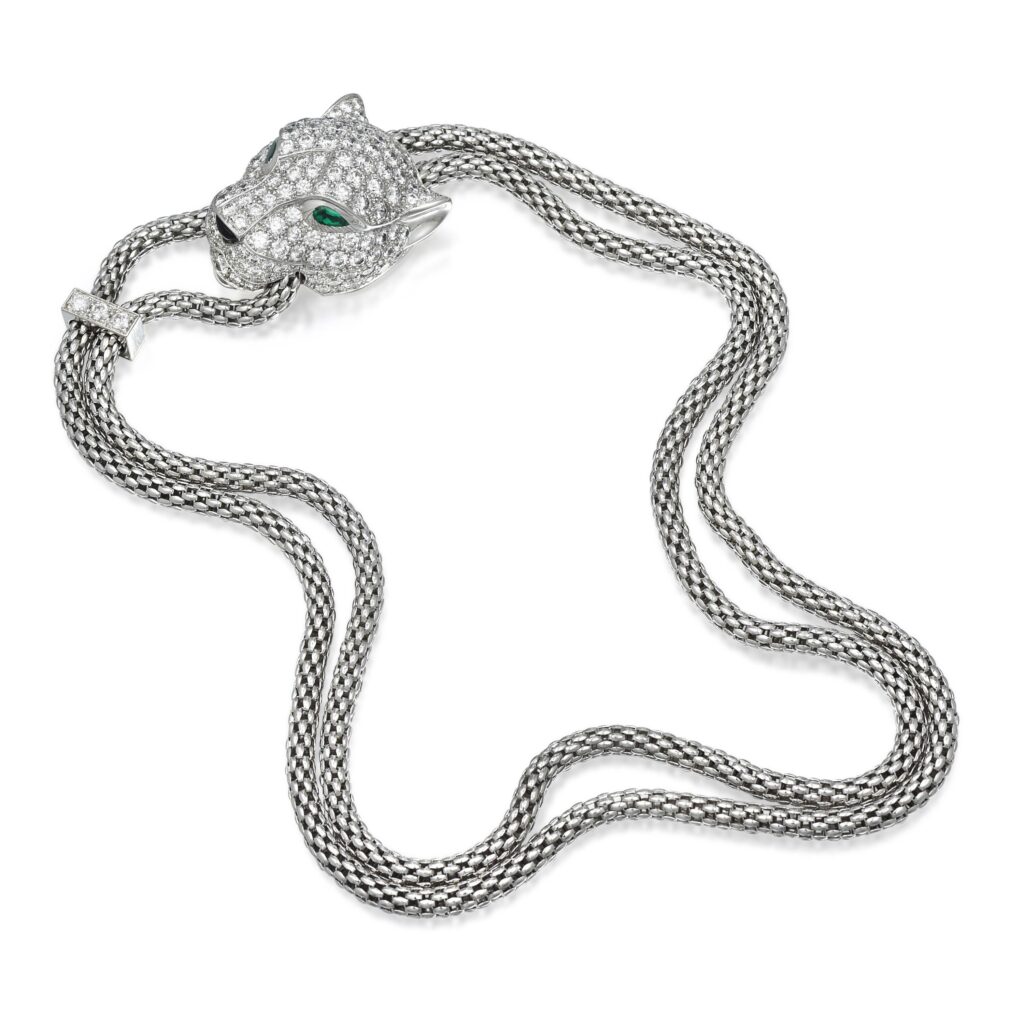
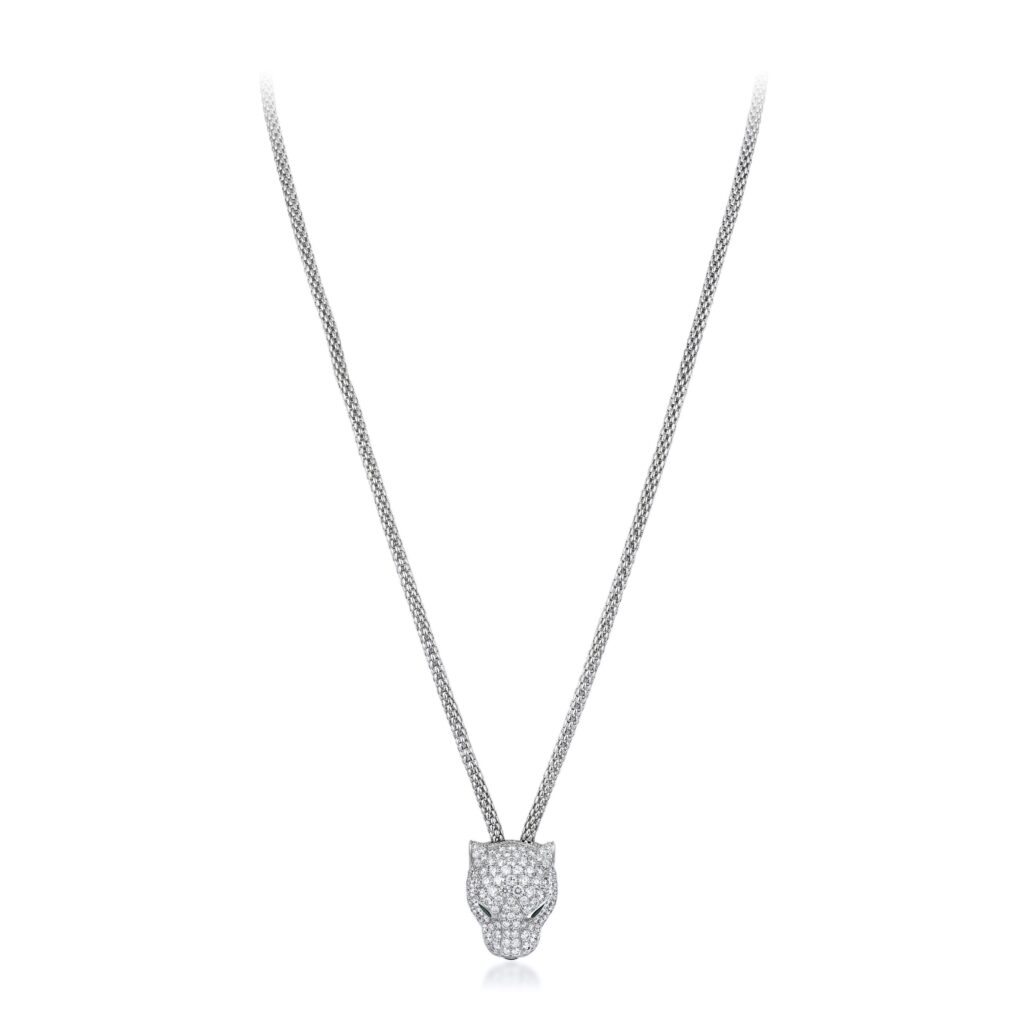
2017: Panthère de Cartier High Jewelry necklace in platinum, aquamarines, emeralds, onyx and diamonds. In this opulent masterpiece, the iconic feline seems to be emerging from a waterfall, and its stretched silhouette creates the illusion of movement.

The Cartier Panthère Today
The Cartier Panthère, much like the fierce, untamable feline, possesses many facets to its personality and continues to be reimagined in countless jewelry designs. Whether it’s the more abstract spotted pattern that emboldens elegant jewelry designs, or sculptural representations of the panther that give the motif life and sparks of energy, the Cartier Panthère has established itself as a visual icon in jewelry history.
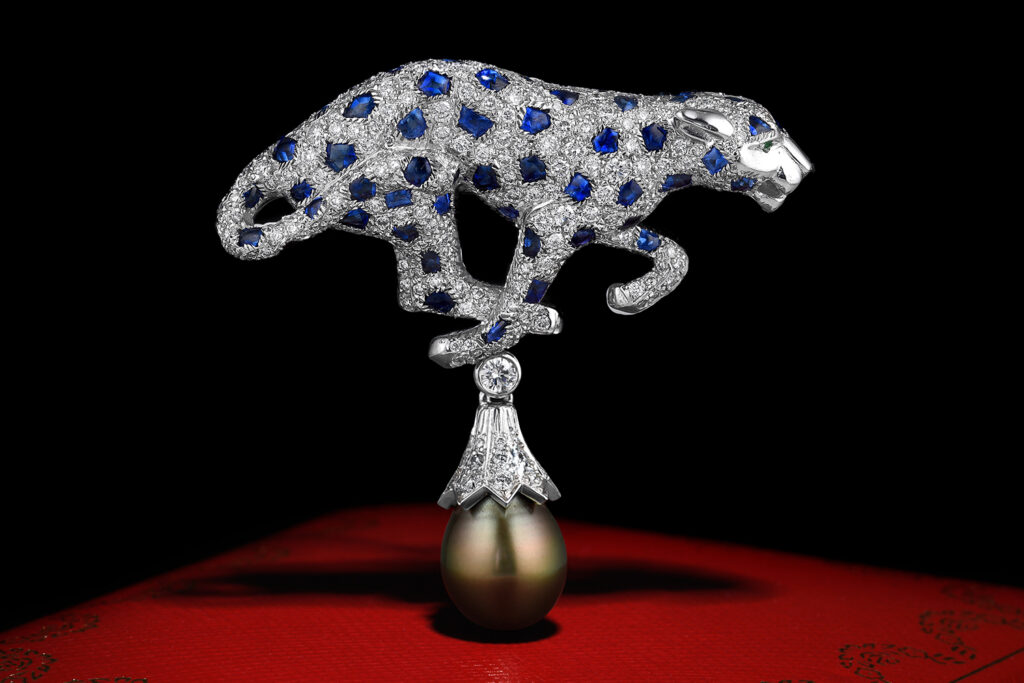
Today, vintage Cartier Panthère jewels, especially dating back to the height of Jeanne Toussaint’s time as Cartier’s creative director, continue to demand sky-high prices at auction. Contemporary Panthère jewels remain just as popular with the social elite, and with the unmatched quality of Cartier craftsmanship, they make great opportunities for investment when they appear at auction.
Get a Free Valuation at FORTUNA®
The Cartier Panthère retains its roots in luxury, history, and tradition while still being the perfect accessory for the modern woman. There are few pieces that, without trying too hard, convey bold utilitarianism and a refined restraint all at once. If you are hunting for the perfect Cartier piece to add to your collection, visit our Upcoming Auctions page to browse our upcoming sales.
At FORTUNA, we want to be a resource for all who wish to learn more about watches and jewelry—replete with stylistic periods, history, craftsmanship and designers—as well as how to understand the real market value of different types of collectible jewelry and watches.
You can consult our jewelry experts for free, unbiased valuations, with no obligation to sell. And if you do decide to sell at auction, our team will market your item to millions of competing bidders located in more than 50 countries. If you’re interested in buying or selling at one of FORTUNA’s upcoming auctions, feel free to contact our office today.

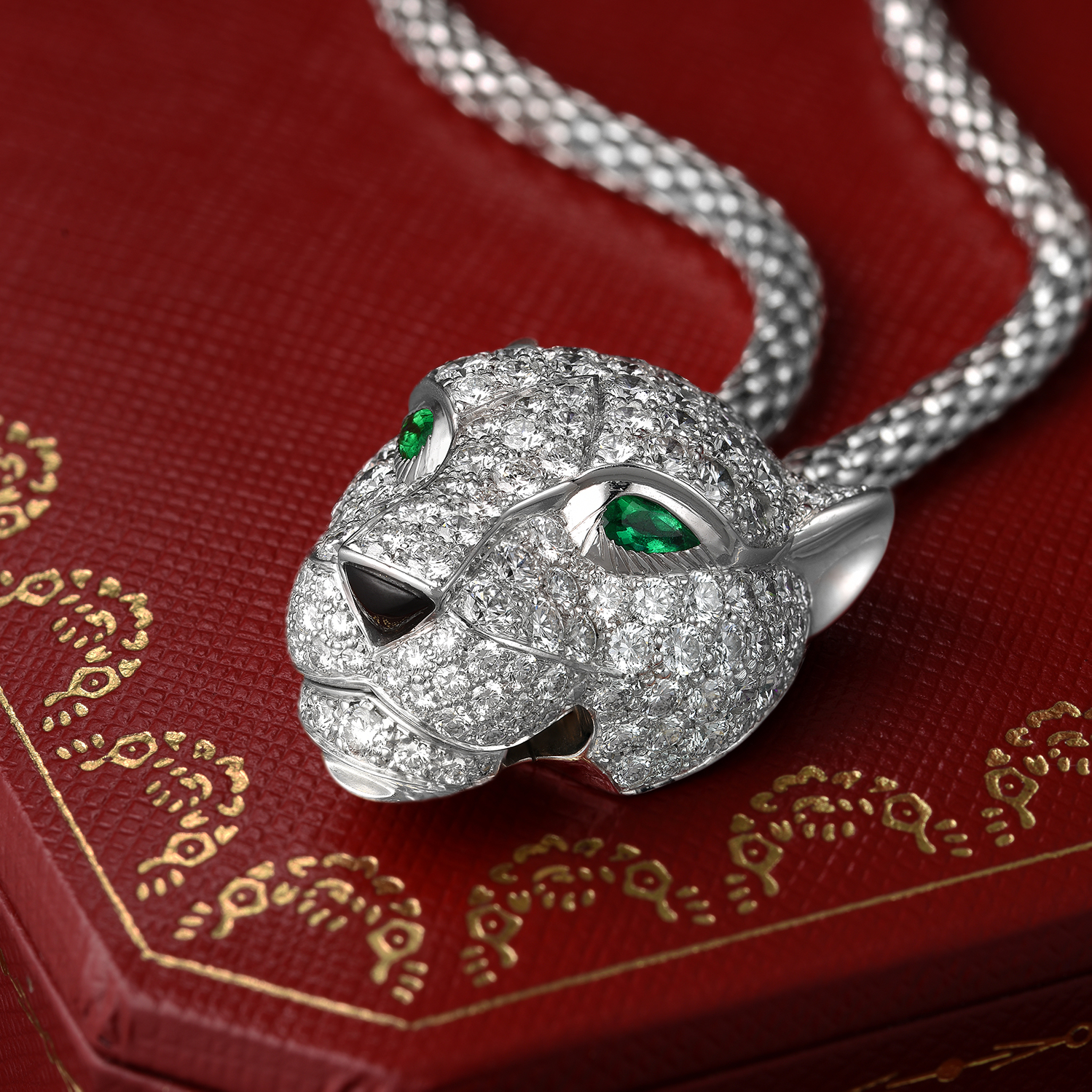
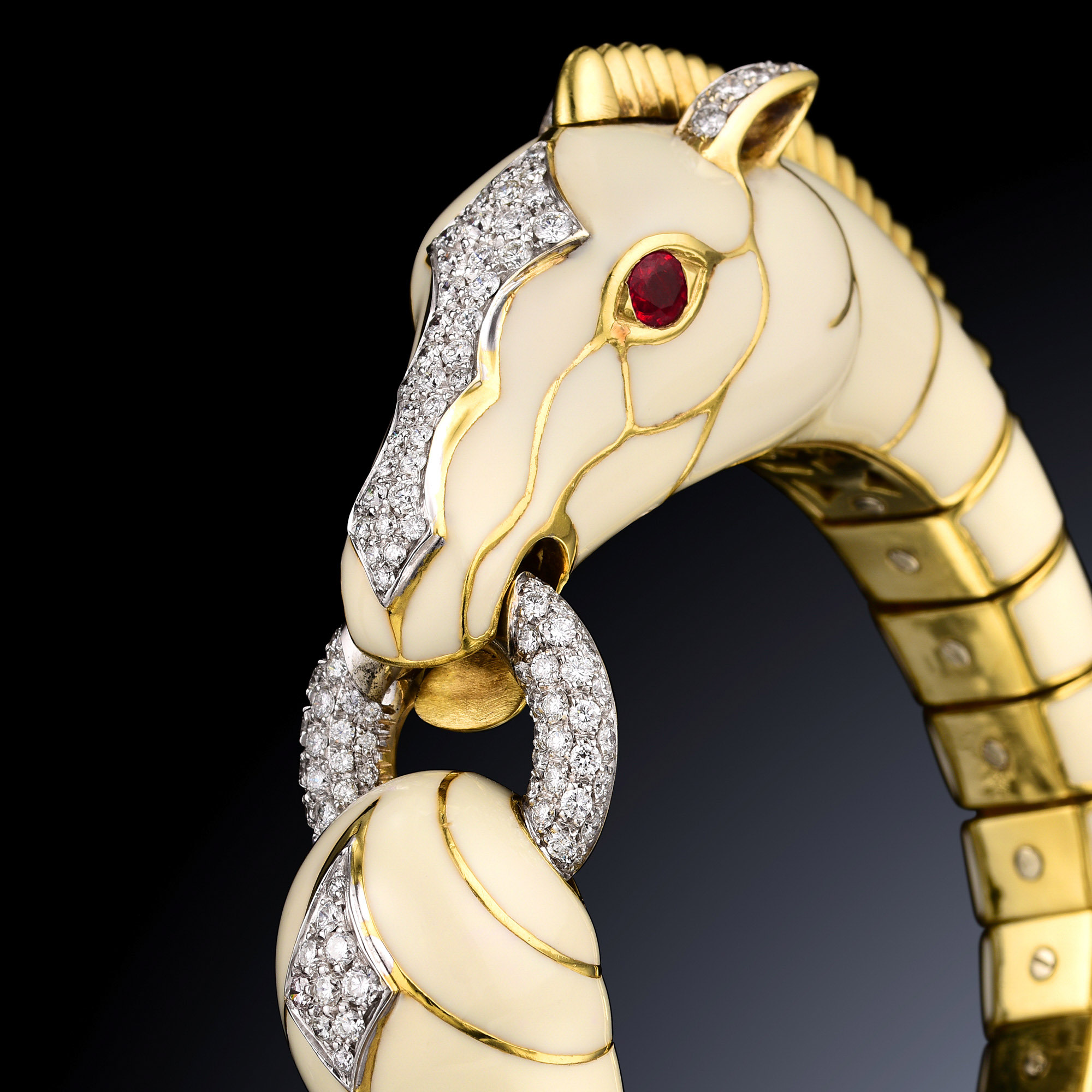
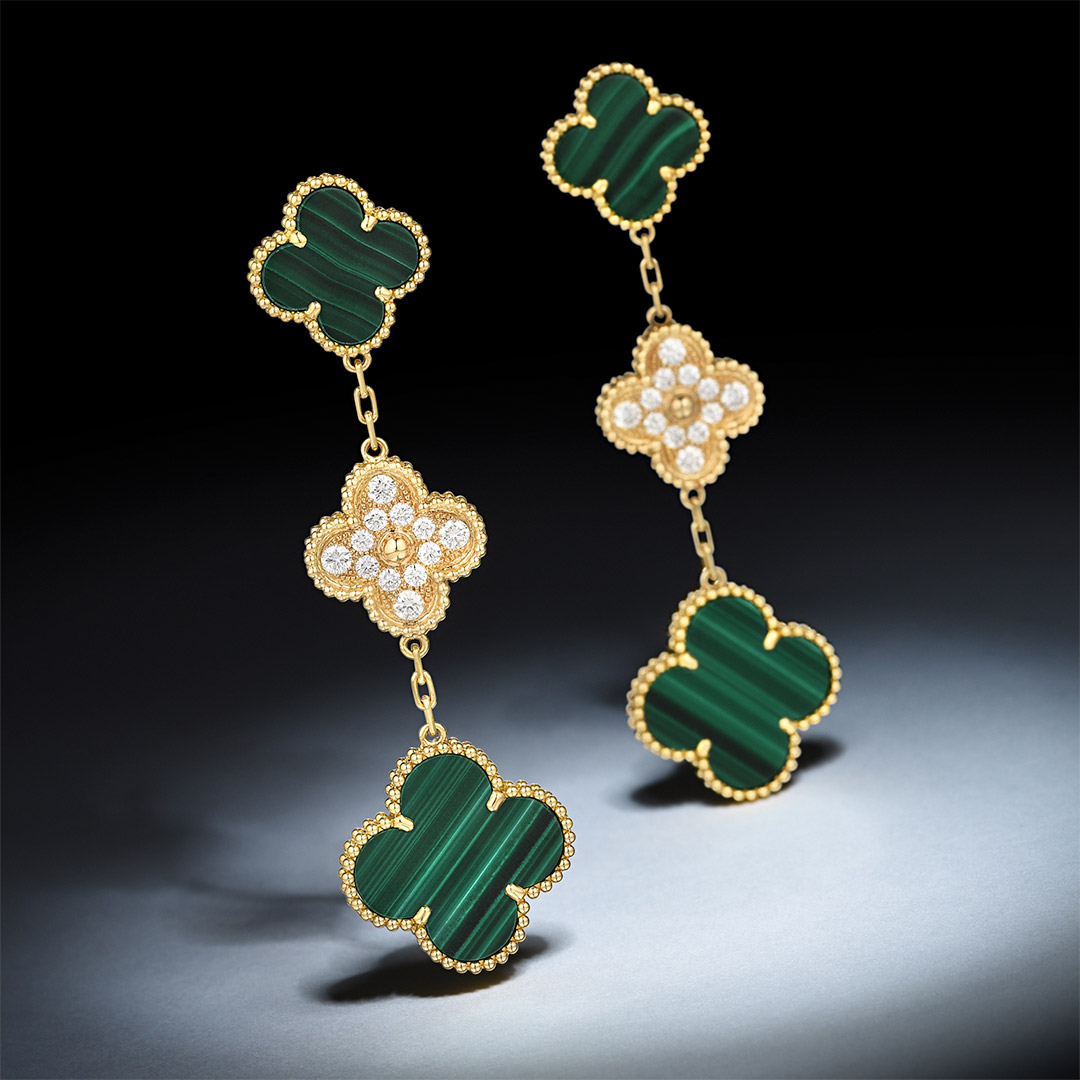
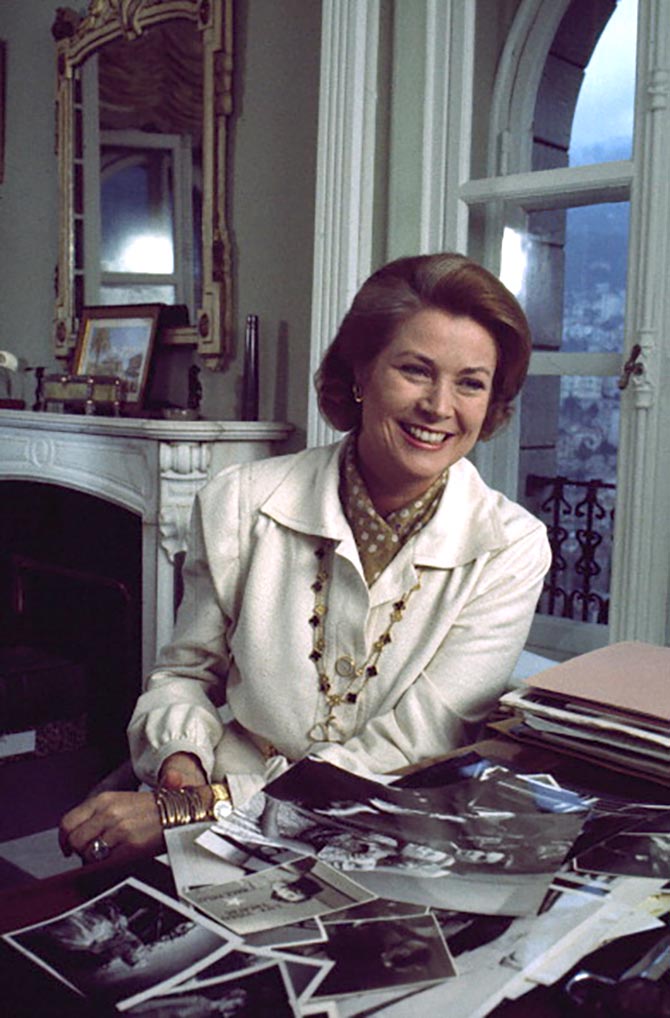
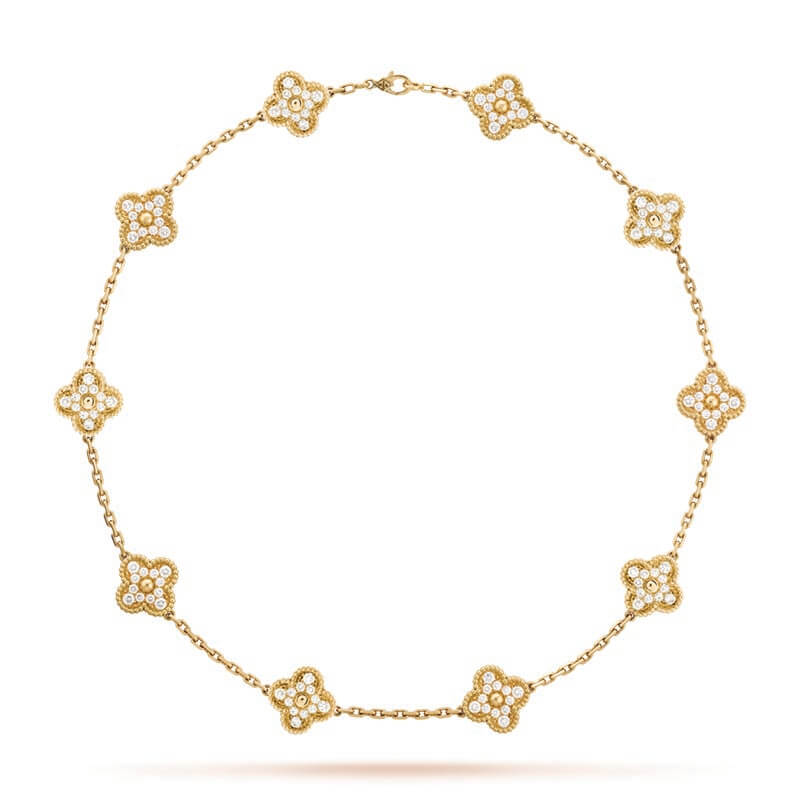
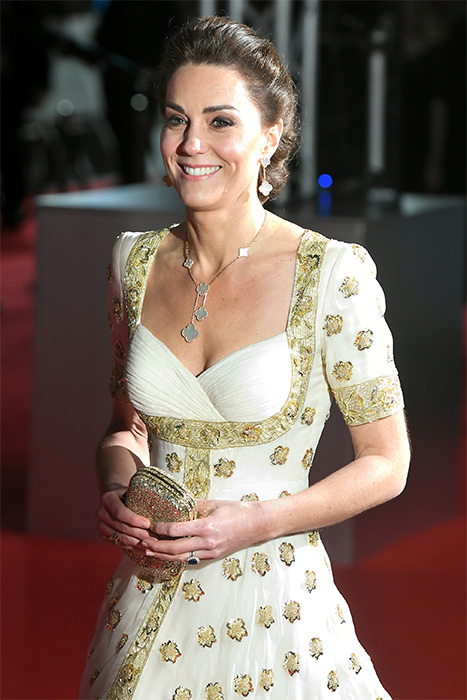
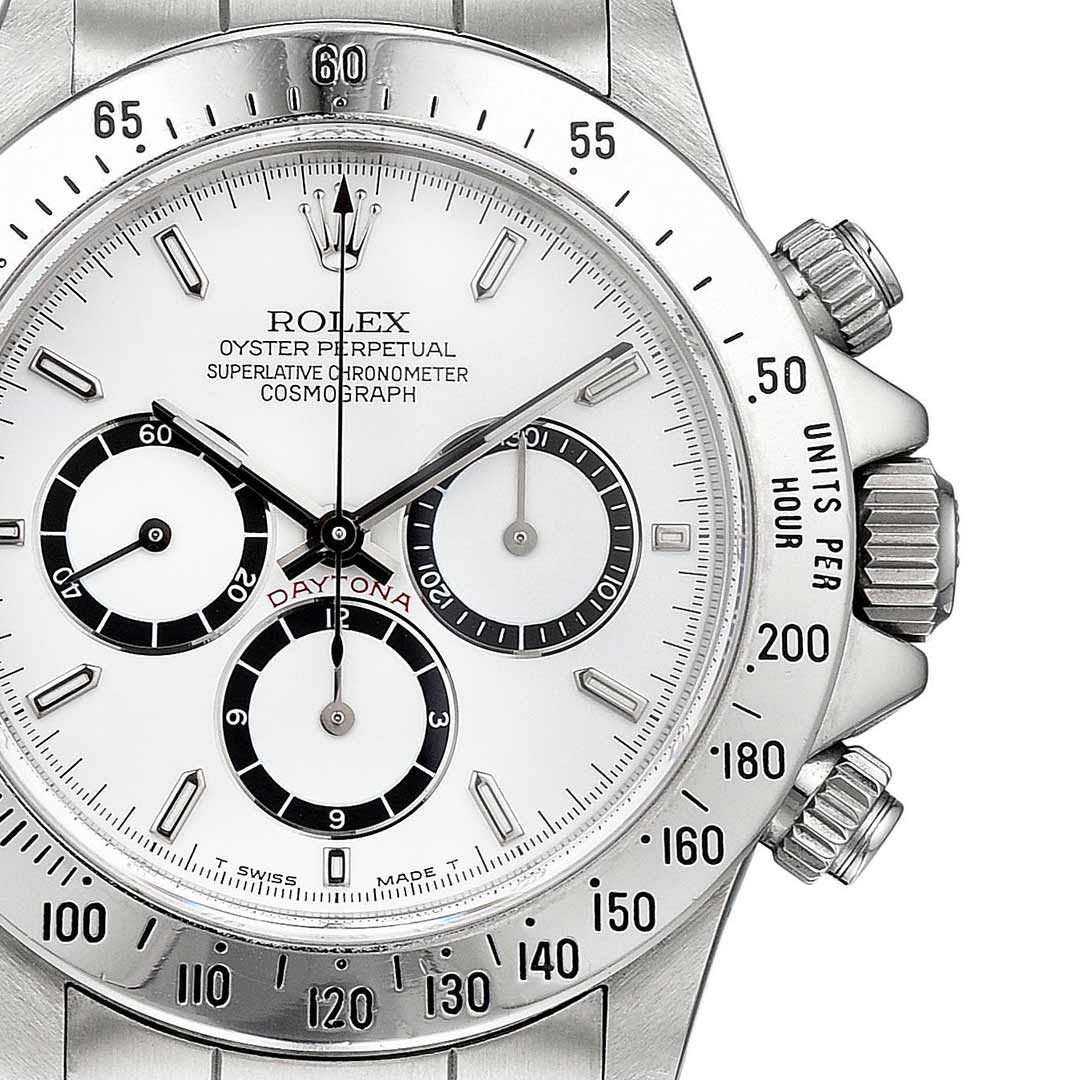

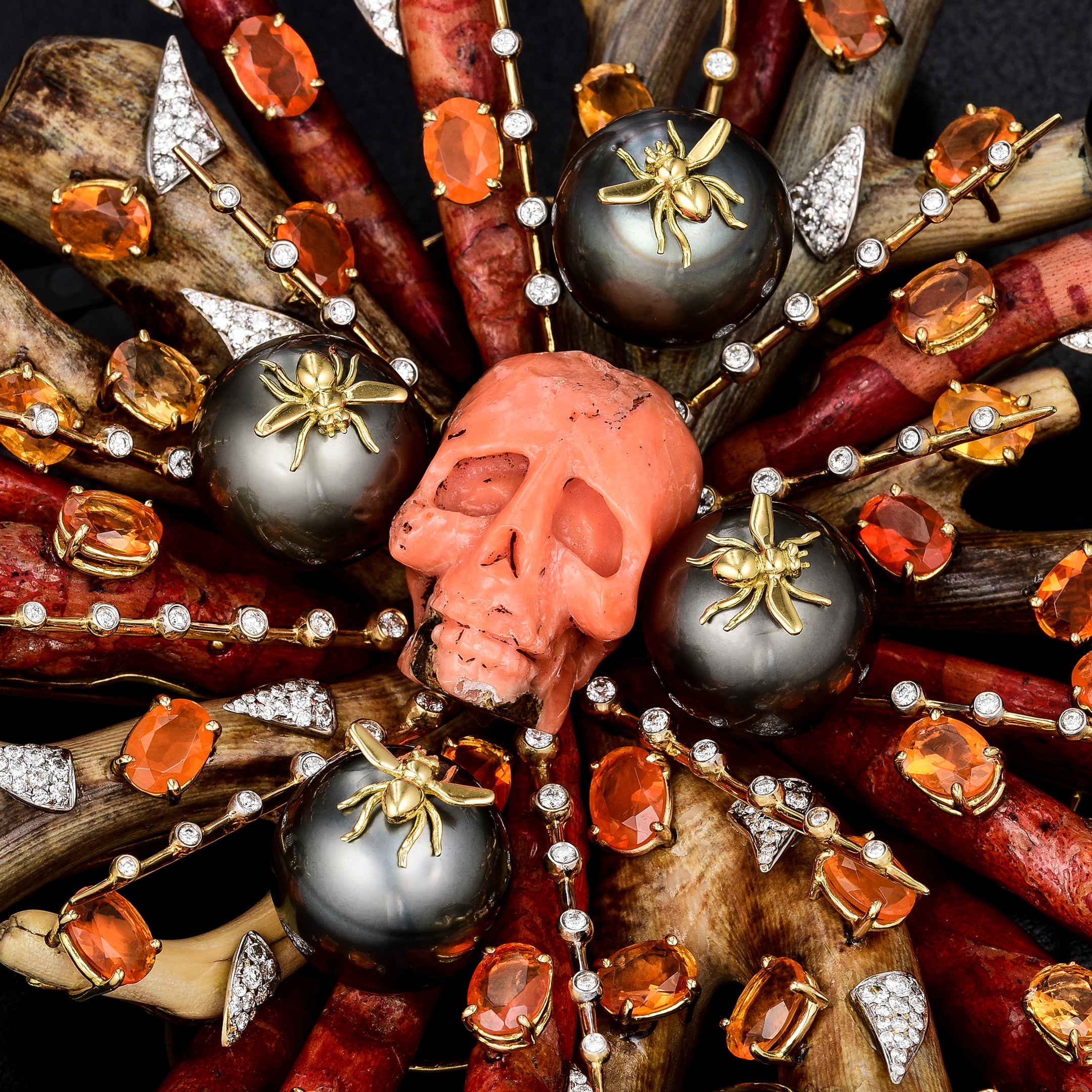
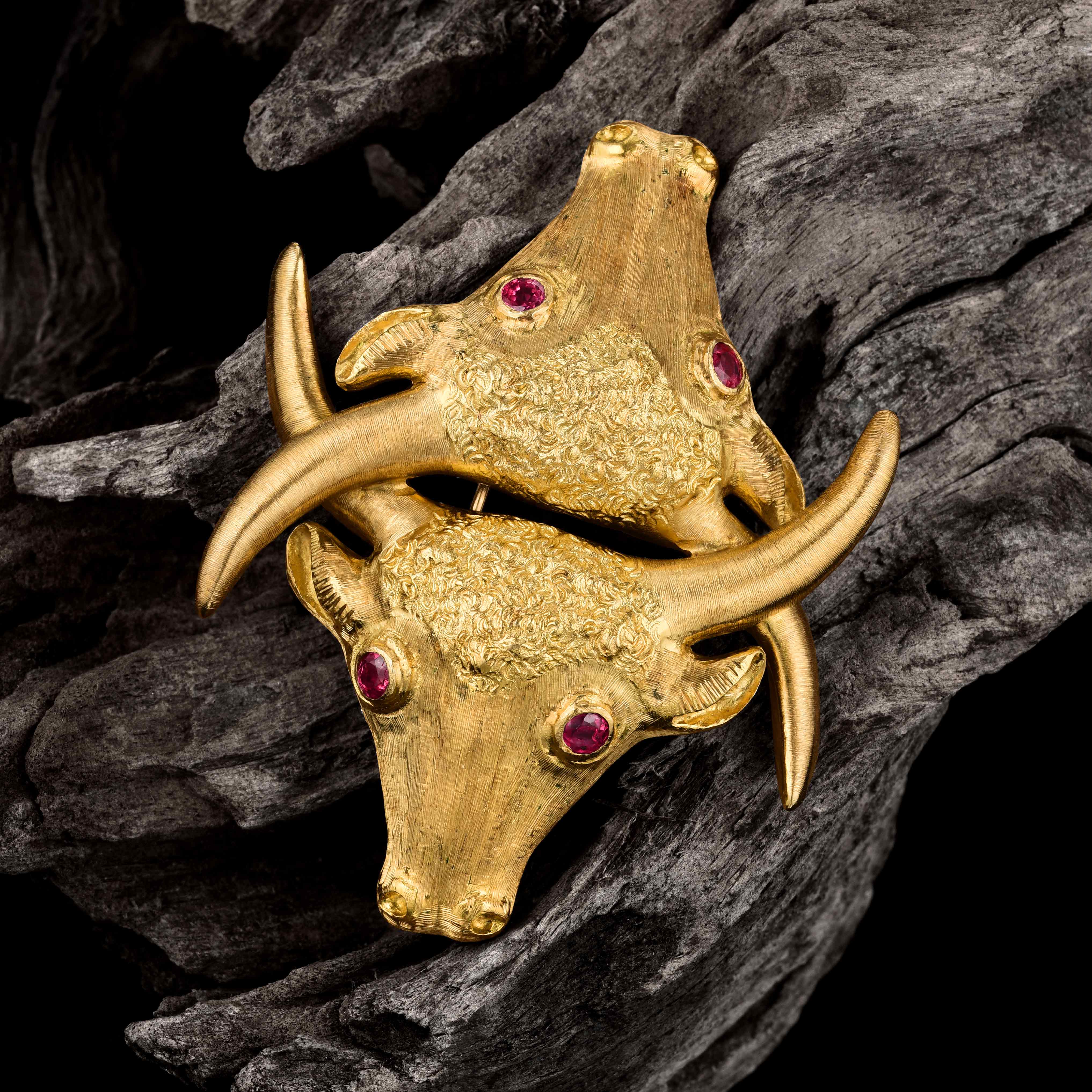
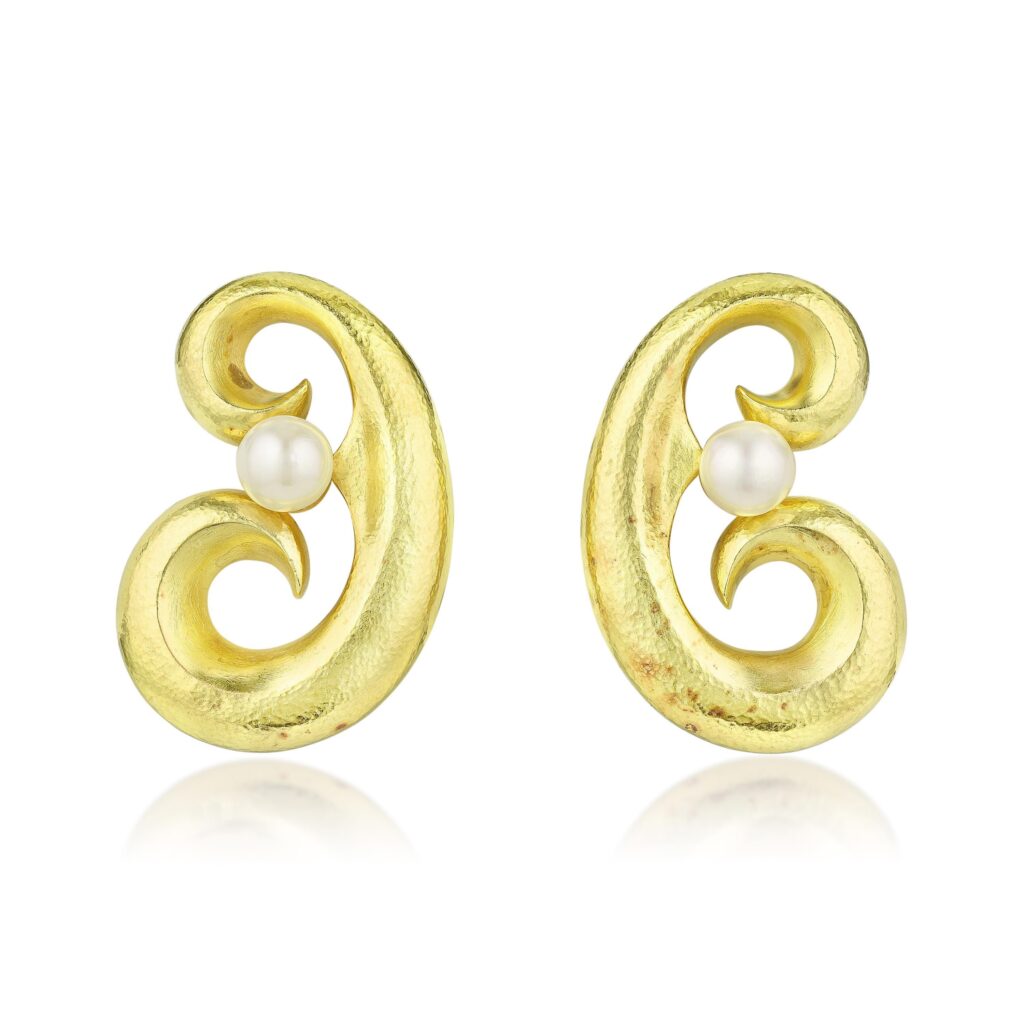
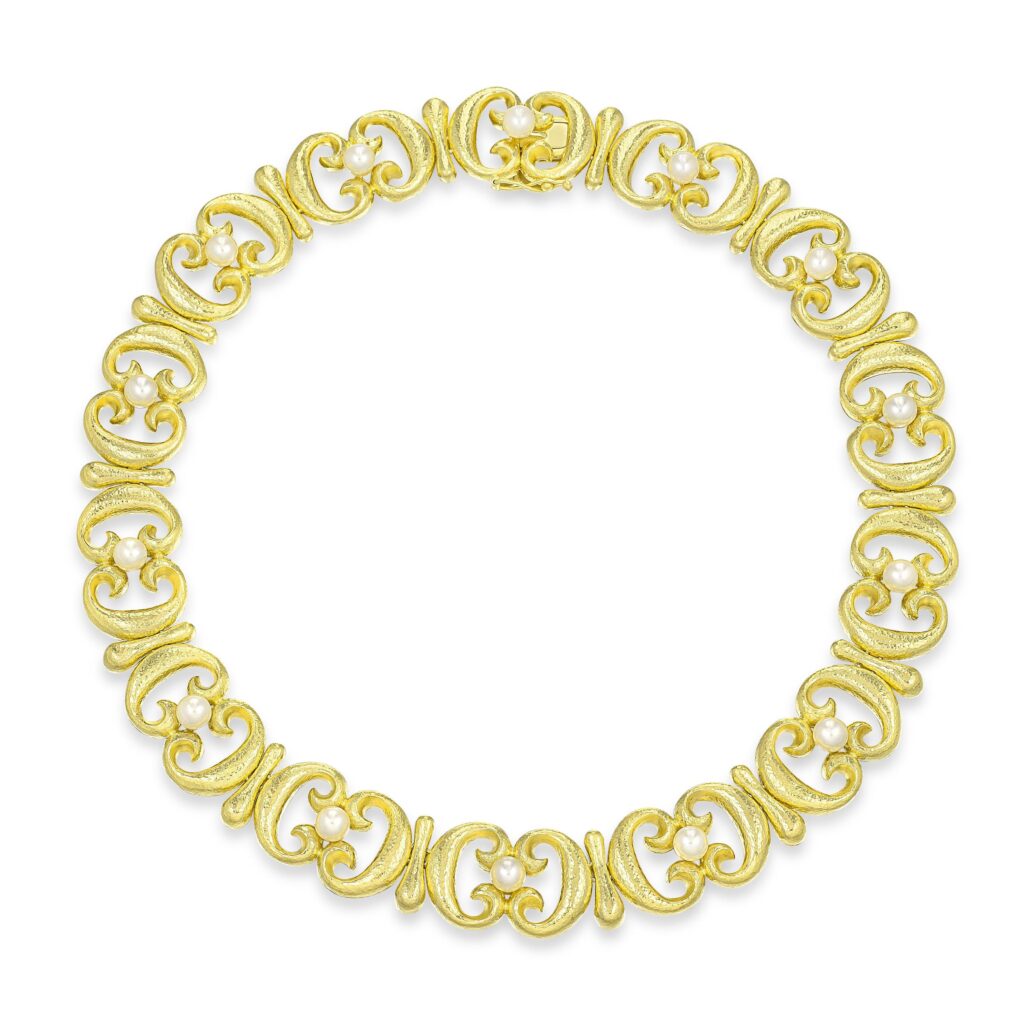
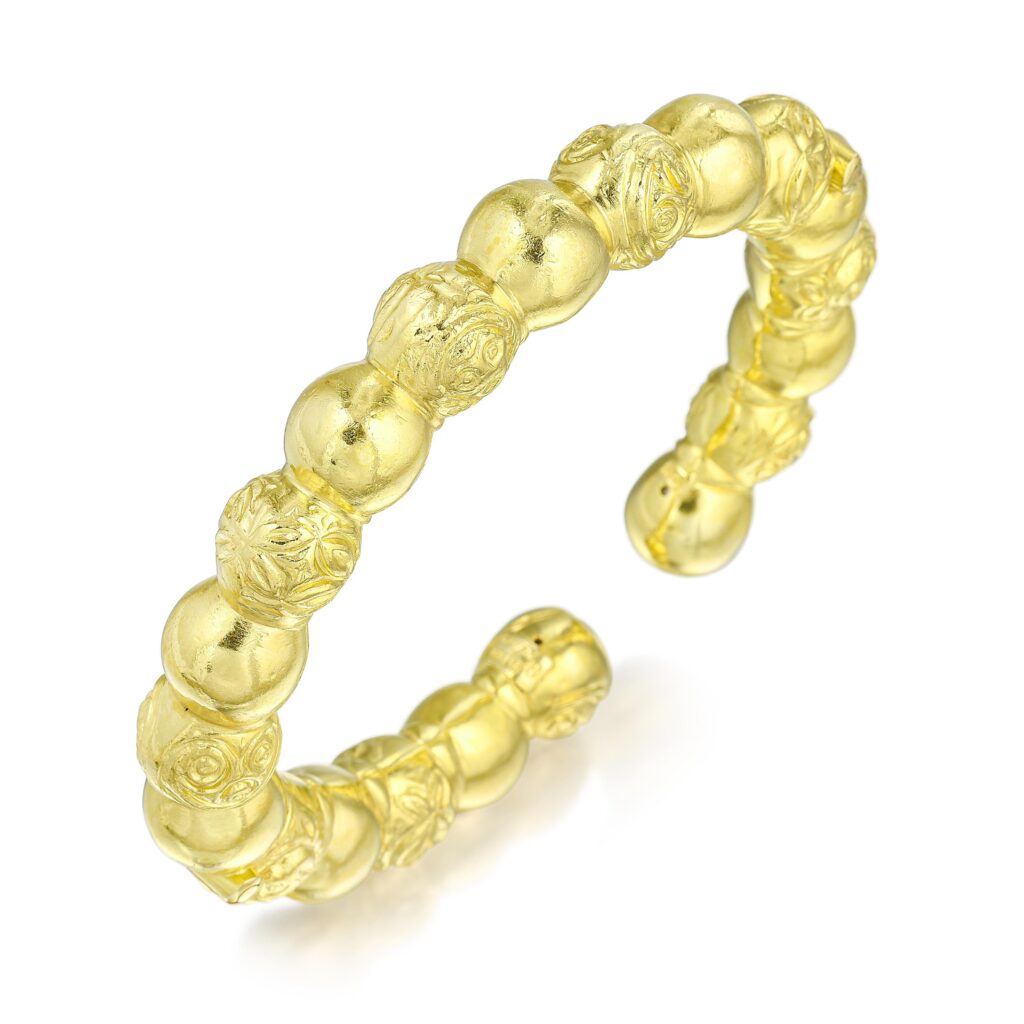
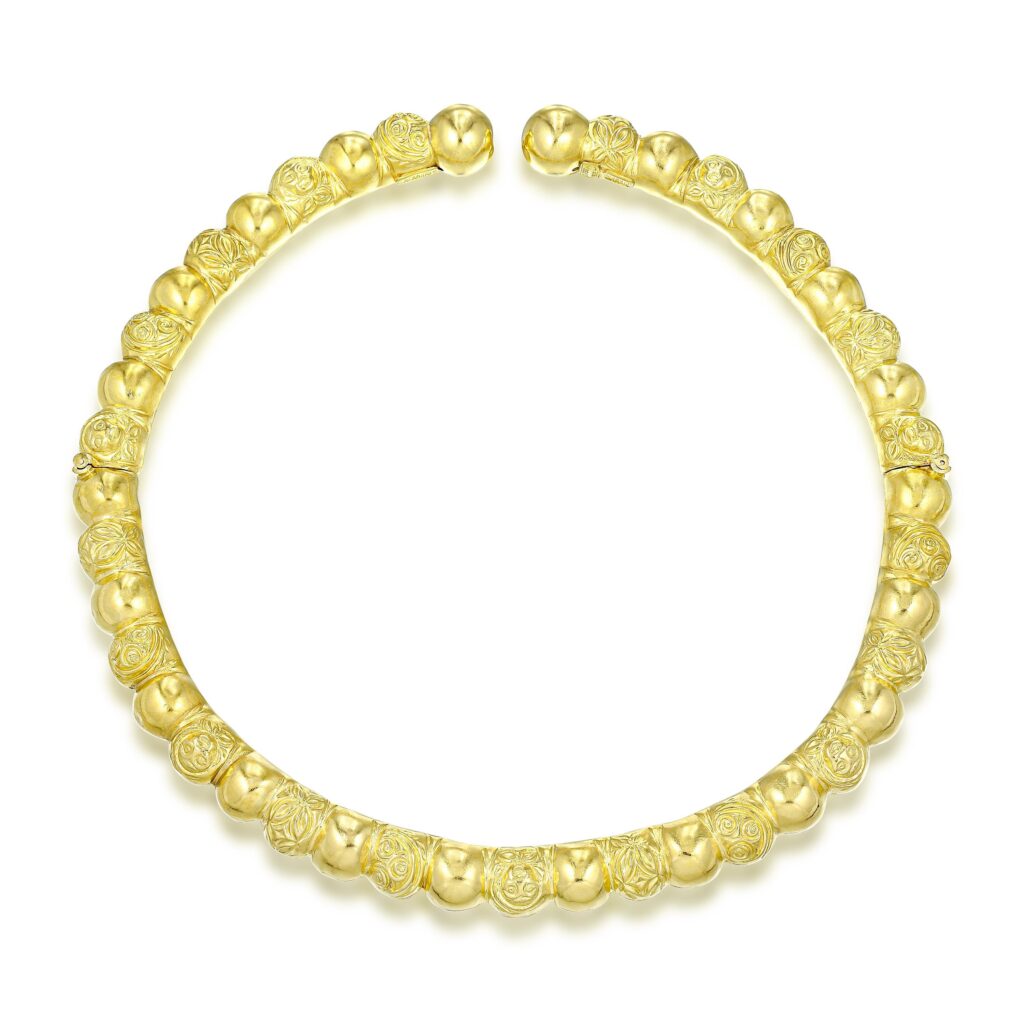
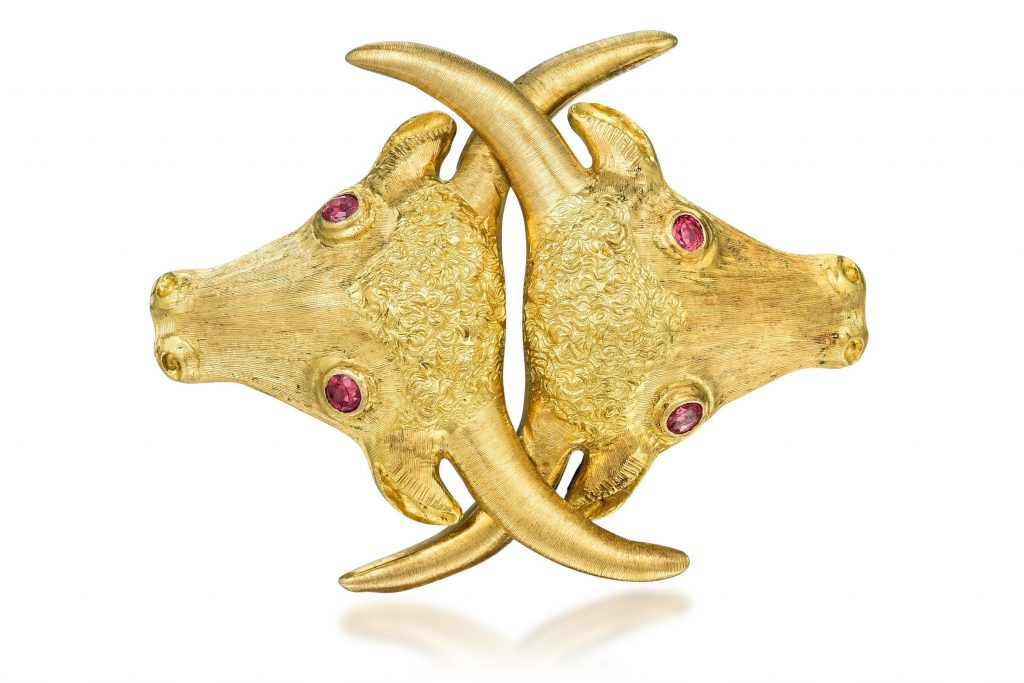
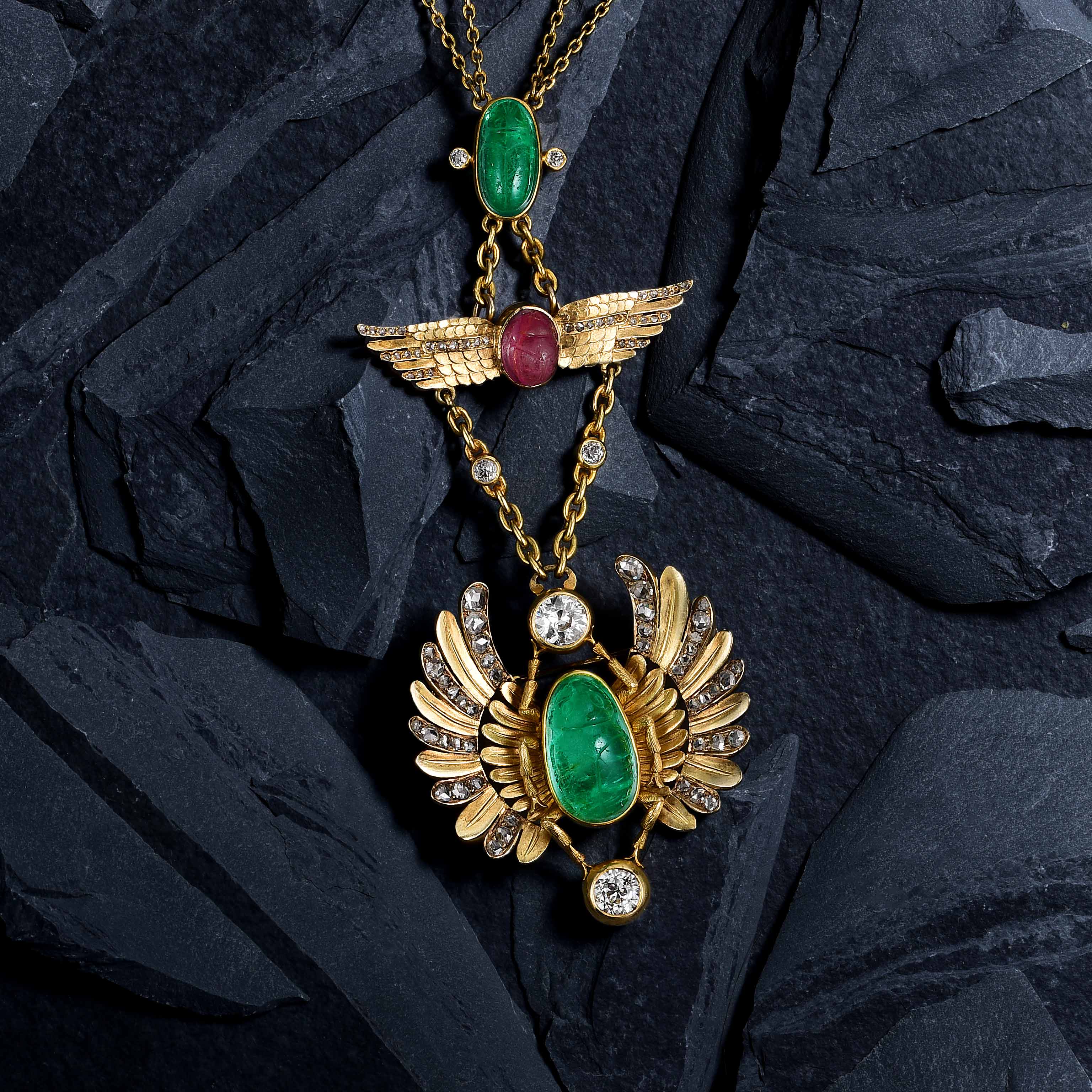
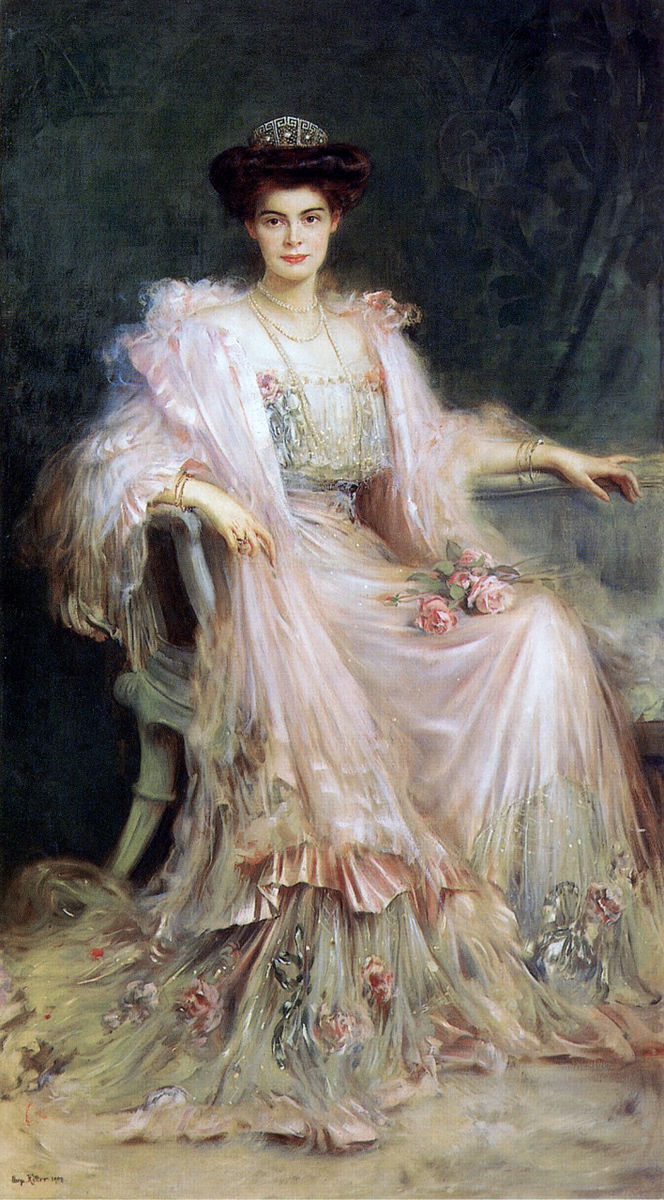
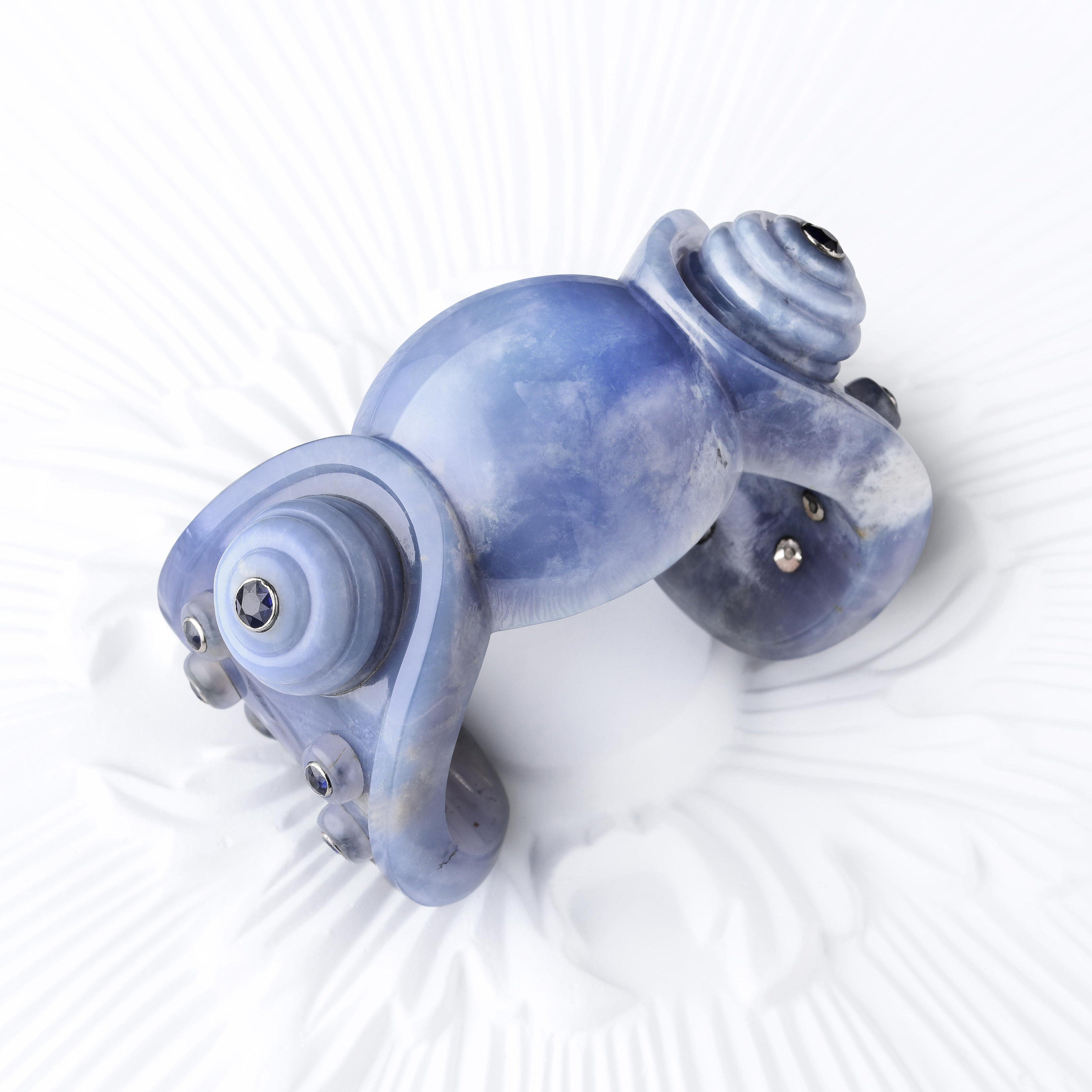
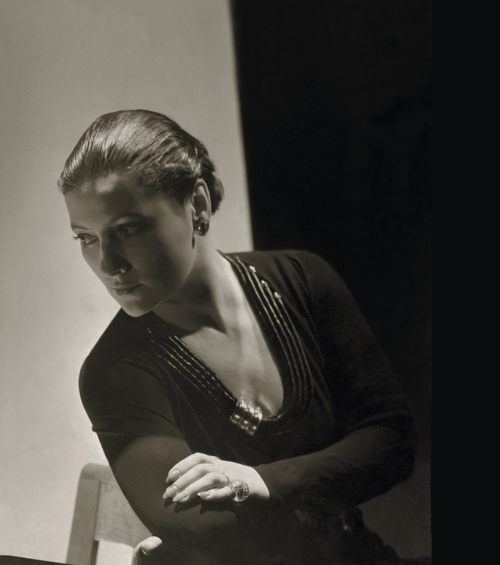 Belperron’s creative genius quickly drew the attention of esteemed clientele including: the Duchess of Windsor, Josephine Baker, Diana Vreeland, and countless more high-profile figures; yet, she never sought public recognition. When asked why she never signed her pieces, as was customary of all haute joaillerie maisons, Belperron famously said, “my style is my signature.”
Belperron’s creative genius quickly drew the attention of esteemed clientele including: the Duchess of Windsor, Josephine Baker, Diana Vreeland, and countless more high-profile figures; yet, she never sought public recognition. When asked why she never signed her pieces, as was customary of all haute joaillerie maisons, Belperron famously said, “my style is my signature.”